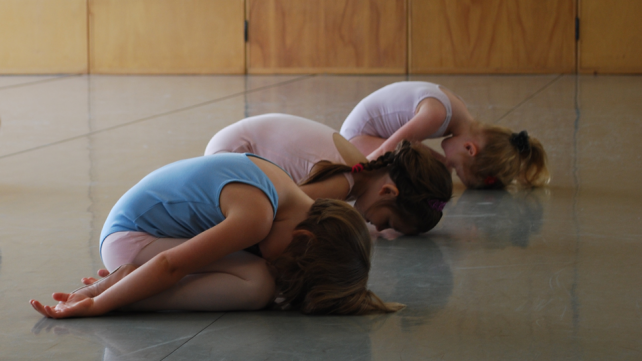
Most children will move when there is music. As Muslims, however, this is not acceptable behavior. Therefore, as an alternative to having music, drama can provide excitement and imagination to children's daily exercise.
Drama in itself is beneficial as it fosters imagination and cognitive thinking but the combination with movement makes for a greater activity.
Drama and movement during transition times
I once observed this combination by a teacher during transition time. He had created a story about a trip through a field involving a range of movements from stooping to smell a flower, twisting to see a cow, tiptoeing through the bluebells, and running away from a bee.
As the teacher told the story, the children enacted the movements.
Tips for creating stories for drama and movement
1. Choose a simple storyline
To be able to coordinate their movements with the story, the story needs to be simple. The best way to do this is to choose one theme.
The theme in the above example was a walk through a field. Other themes could be a stroll in the woods, a jaunt in the jungle, a hike on the mountains.
Once you have a theme, the story unfolds around it.
2. Use active verbs
The point of the story is to provide movement for children. For this to happen, there has to be an active verb in each short sentence. For example, "We pick up the flower" instead of "The flower was picked up."
3. Move from slow to fast
As with any exercise, the movement should begin slow and steady building up to faster movements.
This also has the purpose of building towards the climax of the story, for example, a bee chase. If you use a climax then you would need to include a resolution, perhaps jumping into a river to be saved from the bees, swimming out and giving a good shake to dry.
Drama and movement during storytime
By selecting a story, reading, discussing it and then enacting it, children will deepen their understanding and experience of the story.
One rule for book selection is to choose lots of movement and action. This will ensure that the children will be continually moving with the characters instead of standing still and listening. By incorporating drama and movement into children's daily activities, we can be sure that our children are receiving some physical activity during their day.








Add new comment